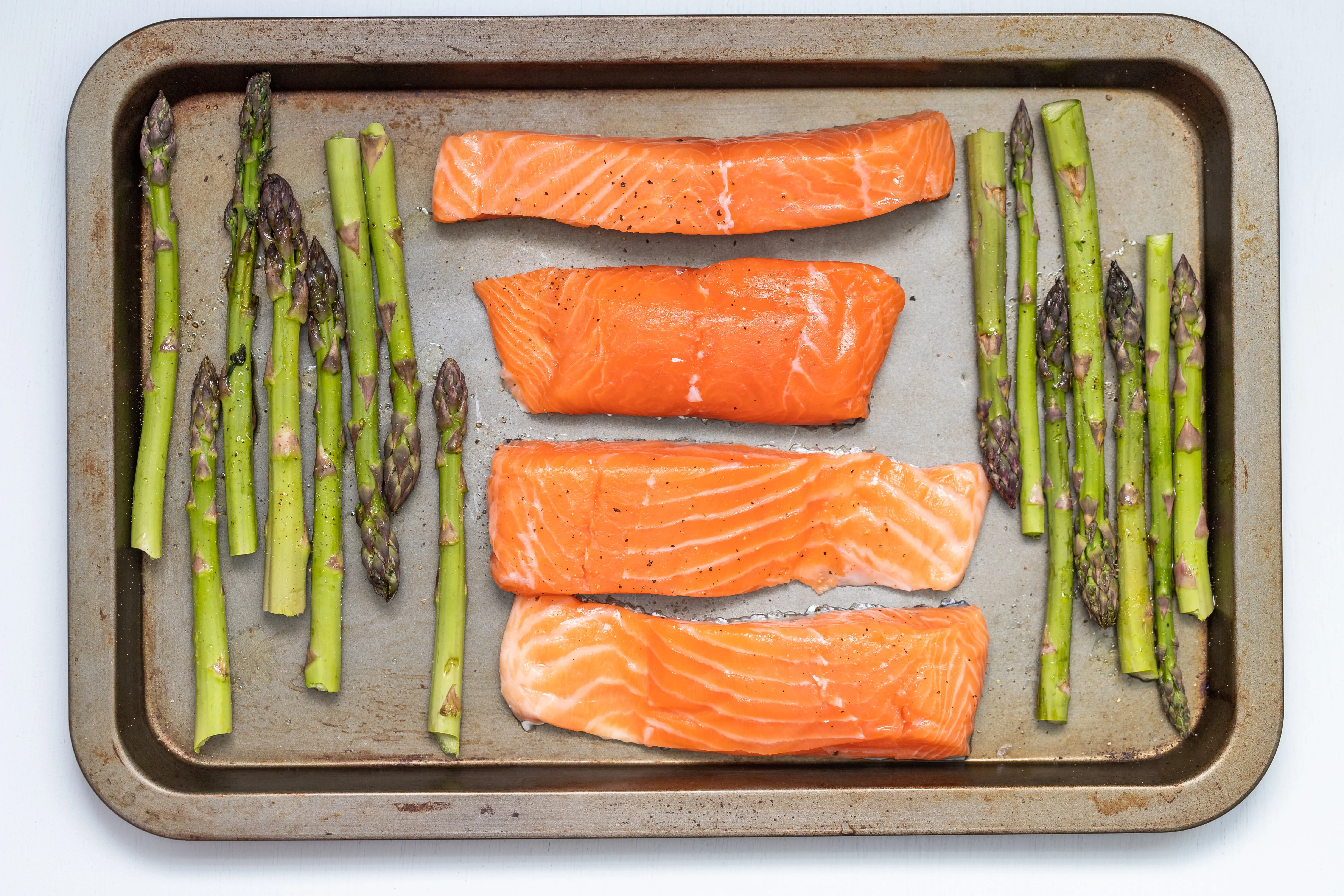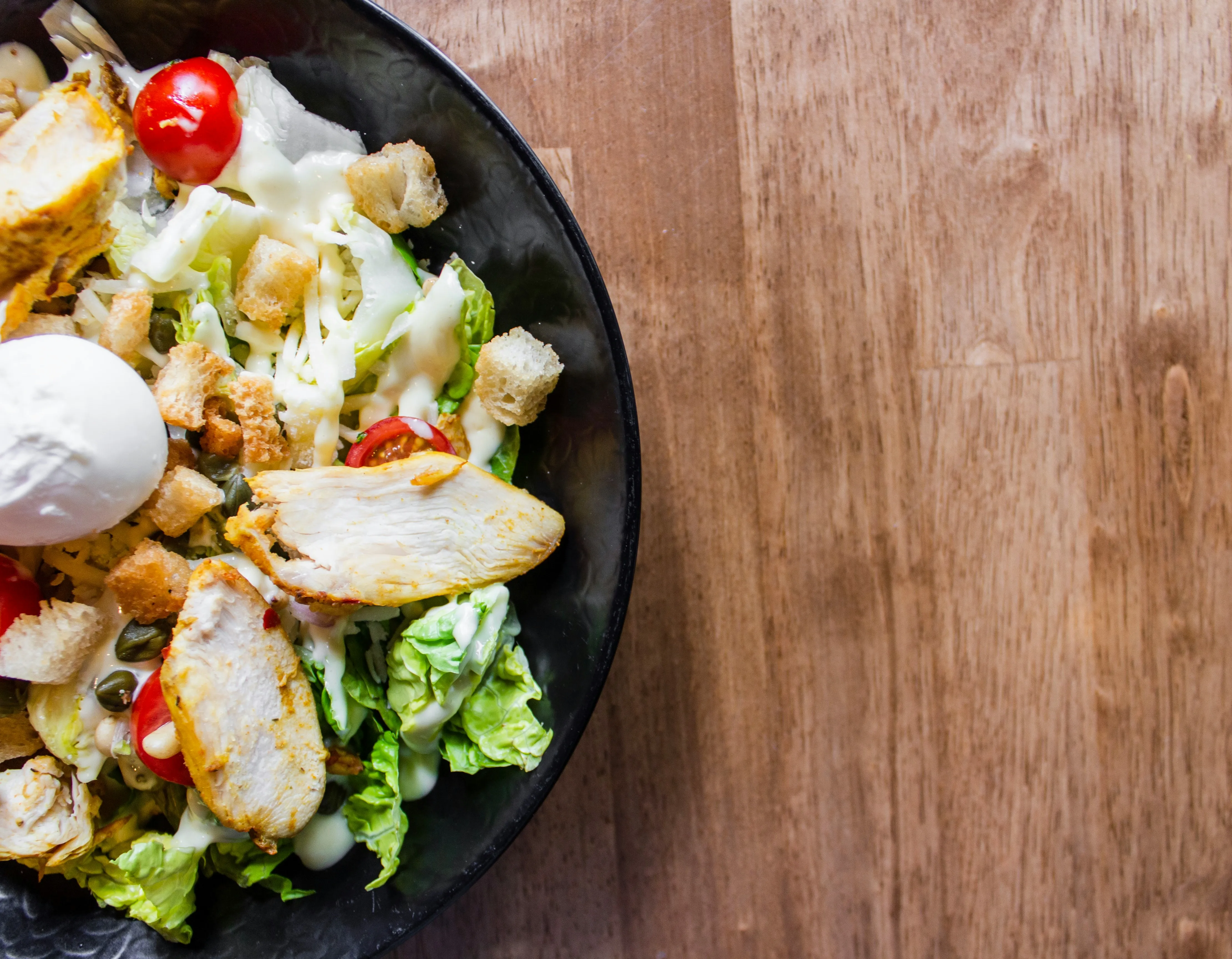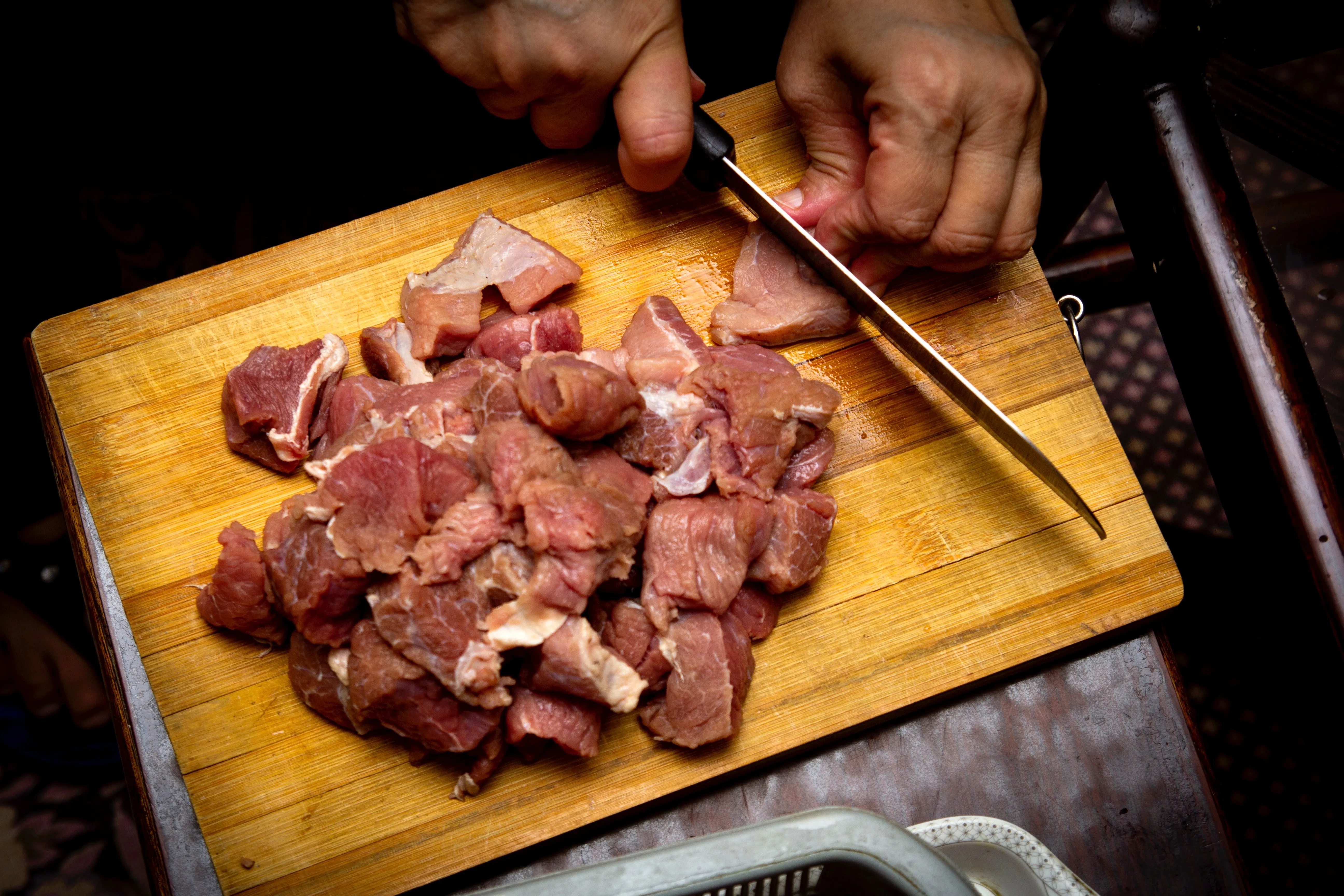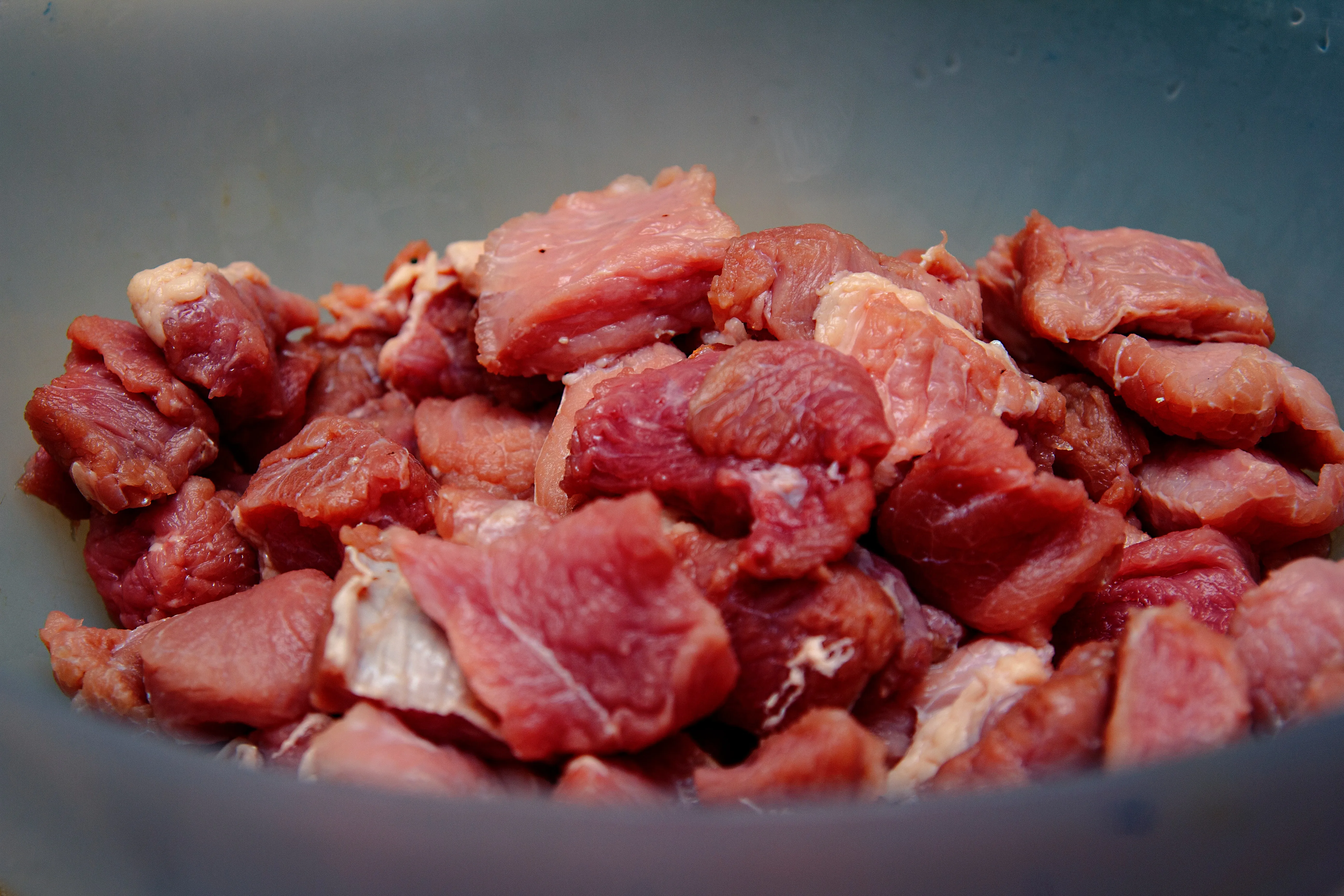Combining Fasting Ketosis with a Ketogenic Diet for Optimal Results
Introduction

Intermittent fasting and the ketogenic diet are two popular approaches to weight loss and overall health. Combining these two strategies, commonly referred to as fasting ketosis, can offer even greater benefits for those seeking optimal results. Fasting ketosis involves incorporating periods of fasting into a ketogenic diet, where the body enters a state of ketosis and begins to burn stored fat for fuel. This combination has been shown to increase fat burning, improve mental clarity, and provide numerous other health benefits. In this article, we will explore the benefits of combining fasting ketosis and a ketogenic diet, as well as provide practical tips on getting started and overcoming common challenges.
What is the fasting ketosis?
Fasting ketosis is a metabolic state that occurs when the body is deprived of food for an extended period of time, typically between 12 to 48 hours. During fasting, the body depletes its glycogen stores and starts producing ketones as an alternative source of energy. This process is known as ketosis. Ketones are molecules produced by the liver from stored fat, and they serve as fuel for the body, particularly for the brain and muscles. Fasting ketosis can be achieved through various fasting methods, such as intermittent fasting or alternate day modified fasting. It offers numerous health benefits and can be combined with a ketogenic diet to enhance results.
What is a ketogenic diet?
A ketogenic diet is a low-carbohydrate, high-fat diet that is designed to put your body into a state of ketosis. In ketosis, your body shifts its primary fuel source from glucose to ketones, which are produced by breaking down fats. This metabolic state helps you burn fat more efficiently and can lead to weight loss. Typically, a ketogenic diet consists of consuming around 70-75% of calories from fat, 20-25% from protein, and only 5-10% from carbohydrates. By severely limiting your carbohydrate intake, you force your body to rely on fats for energy, resulting in various health benefits.
Benefits of Combining Fasting Ketosis and Ketogenic Diet

Combining fasting ketosis with a ketogenic diet can have numerous benefits for individuals looking to achieve optimal results. One key benefit is increased fat burning and weight loss. In a state of fasting ketosis, the body taps into its fat stores for fuel, leading to accelerated fat burning and ultimately weight loss.
Another advantage is improved mental clarity and focus. Ketones produced during fasting and the ketogenic diet serve as a more efficient energy source for the brain, resulting in enhanced cognitive function.
Additionally, this combination can help regulate blood sugar levels and improve insulin sensitivity, making it beneficial for individuals with diabetes or metabolic disorders.
In summary, the combination of fasting ketosis and a ketogenic diet offers advantages such as increased fat burning and weight loss, improved mental clarity, and better blood sugar regulation.
Increased fat burning and weight loss
Combining fasting ketosis with a ketogenic diet can greatly enhance the process of fat burning and lead to more effective weight loss. When in a fasted state, the body taps into its fat stores as a source of fuel, promoting the breakdown of stored fat and ultimately leading to weight loss. Additionally, by following a ketogenic diet that is low in carbohydrates and high in healthy fats, the body is pushed into a state of ketosis, where it becomes efficient at burning fat for energy. This synergistic effect of fasting and the ketogenic diet maximizes the body's ability to burn fat and achieve weight loss goals.
Improved mental clarity and focus
Improved mental clarity and focus are among the many benefits of combining fasting ketosis and a ketogenic diet. When the body is in a state of ketosis, it produces ketones, which serve as an alternative fuel source for the brain. This can result in increased mental clarity, improved cognitive function, and enhanced focus. The steady supply of ketones from a ketogenic diet helps to sustain this mental clarity over time.
By incorporating intermittent fasting or alternate day modified fasting along with a ketogenic diet, individuals can experience even greater improvements in their mental performance. Fasting periods enhance autophagy, a cellular cleanup process that removes damaged cells and helps the brain function optimally.
Overall, the combination of fasting ketosis and a ketogenic diet can lead to improved mental clarity and focus, allowing individuals to perform at their best both mentally and physically.
Getting Started with Fasting Ketosis

Getting started with fasting ketosis can be a beneficial way to kickstart your journey towards optimal health and weight loss. There are various fasting methods and schedules you can choose from, such as intermittent fasting, alternate day modified fasting, or extended fasting.
Intermittent fasting involves restricting your eating window to a certain number of hours each day, while alternate day modified fasting involves alternating between days of normal eating and days of restricted calorie intake. Extended fasting, on the other hand, typically lasts for 24 hours or longer.
To have a successful fasting experience, it's important to plan ahead and make sure you stay hydrated throughout the fast. It may also be helpful to gradually increase the duration of your fasts over time, starting with shorter periods and gradually working up to longer ones.
During your fasting period, it's important to listen to your body and pay attention to any signs of hunger or discomfort. Ending your fast with a nutritious meal is crucial in order to replenish your body properly.
Consulting with a healthcare professional before starting any fasting regimen is recommended, especially if you have any underlying medical conditions. With proper guidance and preparation, getting started with fasting ketosis can be an effective strategy for achieving your health goals.
Different fasting methods and schedules
There are several different fasting methods and schedules that can be utilized to achieve fasting ketosis. One popular method is intermittent fasting, where individuals alternate between periods of fasting and eating. This can be done on a daily basis, with a typical schedule involving a 16-hour fast and an 8-hour eating window. Another approach is alternate day modified fasting, where individuals fast every other day and consume only around 500-600 calories on fasting days. There are also longer extended fasts, which can range from 24 hours to several days of complete fasting. Choosing the right fasting method and schedule depends on individual preferences and goals.
Tips for a successful fasting experience
To have a successful fasting experience, it's important to plan and prepare ahead of time. First, start by gradually increasing the duration of your fasting periods. Begin with shorter fasts, such as 12 or 16 hours, and gradually work your way up to longer periods. Stay hydrated by drinking plenty of water throughout the day, and consider incorporating electrolytes to replenish any lost minerals. It's also crucial to listen to your body and pay attention to hunger cues. If you feel unwell or overly hungry during fasting, it's okay to break the fast and try again later. Finally, make sure to break your fast with nutrient-dense foods that will nourish your body.
Getting Started with a Ketogenic Diet

To begin a ketogenic diet, it is essential to understand the macronutrient ratios and food choices that will help you achieve and maintain ketosis. The main focus of a ketogenic diet is consuming moderate protein, high fat, and very low carbohydrates. This means reducing your intake of foods like bread, pasta, sugar, and starchy vegetables. Instead, opt for foods rich in healthy fats such as avocados, nuts, seeds, and olive oil. In terms of protein, lean meats, fish, eggs, and dairy products are good options. Planning and preparing your meals ahead of time can greatly facilitate adherence to the ketogenic diet.
Understanding macronutrient ratios and food choices
Understanding macronutrient ratios is essential when following a ketogenic diet. The key macronutrients in a keto diet are fats, proteins, and carbohydrates. The goal is to consume a high amount of healthy fats, a moderate amount of protein, and a low amount of carbs. This ratio promotes the production of ketones and puts the body into ketosis.
When it comes to food choices on a ketogenic diet, opt for foods that are low in carbs but high in healthy fats. This includes avocados, fatty cuts of meat, fish, eggs, nuts and seeds, full-fat dairy products, and oils like olive oil and coconut oil. Avoid high-carb foods like grains, sugars, processed snacks, and starchy vegetables. By making these informed food choices and adhering to the proper macronutrient ratios, individuals can effectively maintain ketosis while enjoying delicious meals.
Meal planning and preparation tips
In order to successfully follow a ketogenic diet, it is important to plan and prepare meals in advance. This can help avoid making unhealthy food choices when hunger strikes. One helpful tip is to create a weekly meal plan that includes a variety of low-carb, high-fat foods such as meats, vegetables, and healthy fats. Additionally, batch cooking can be a time-saving strategy where multiple meals are prepared at once and then stored for later consumption. This ensures that there are always healthy and keto-friendly options readily available and reduces the chances of falling off track.
The Science Behind Fasting Ketosis and Ketogenic Diet

In order to understand the science behind fasting ketosis and a ketogenic diet, it's important to first grasp the concept of ketosis. Ketosis occurs when the body switches from using glucose as its primary fuel source to using ketones, which are produced from stored fat. Fasting triggers this metabolic state by depriving the body of glucose and forcing it to rely on its fat stores for energy.
During a fast, glycogen (stored glucose) levels in the body become depleted, leading to a decrease in insulin levels. This low insulin state allows the liver to start producing ketones from fatty acids. Ketones then serve as an alternative fuel source for the brain and other tissues, effectively bypassing the need for glucose.
A ketogenic diet complements fasting by keeping the body in a sustained state of ketosis. By severely limiting carbohydrates and increasing fats intake, the body is forced to adapt to using fat as its primary fuel source instead of glucose. This metabolic adaptation occurs due to decreased carbohydrate availability, prompting the liver to produce even more ketones.
The science behind this combination lies in its ability to tap into our body's natural ability to burn fat for energy instead of relying on constant carbohydrate consumption. Both fasting and a ketogenic diet promote greater reliance on fat stores for fuel, ultimately leading to increased weight loss and improved overall health.
When combined, fasting and a ketogenic diet work synergistically to enhance fat-burning potential. Fasting initiates ketosis by depleting glucose stores, while a ketogenic diet sustains that state by restricting carbohydrates. By incorporating both practices into your lifestyle, you can optimize your results and unlock numerous health benefits.
How fasting triggers ketosis
When the body is deprived of its primary source of energy from carbohydrates, such as during fasting, it begins to tap into its stored fat for fuel. This triggers a process called ketosis, where the liver converts fatty acids into ketone bodies that can be used as an alternative energy source. Ketones are then transported to various tissues and organs in the body, including the brain, to provide a steady supply of fuel. This shift in metabolism not only promotes weight loss but also offers numerous health benefits, such as improved insulin sensitivity and reduced inflammation.
How a ketogenic diet sustains ketosis
A ketogenic diet is a low-carbohydrate, high-fat diet that helps sustain the state of ketosis in the body. By severely restricting carbohydrate intake and increasing fat consumption, the body is forced to use fat as its primary source of energy instead of glucose derived from carbohydrates. This results in the production of ketones, which are molecules that supply energy to the brain and other organs when glucose is scarce. The abundance of dietary fats provides a continuous supply of fuel for the body, ensuring that ketosis is maintained. Furthermore, the ketogenic diet helps regulate blood sugar levels and reduces insulin resistance, enhancing the body's ability to stay in ketosis.
Maximizing Fat-Burning Potential with Fasting Ketosis and Ketogenic Diet

One of the primary goals of combining fasting ketosis and a ketogenic diet is to maximize fat burning and promote weight loss. When the body is in a state of ketosis, it becomes highly efficient at using stored fat as fuel instead of carbohydrates. This can lead to significant reductions in body fat, especially when combined with fasting.
To maximize fat burning potential, it's important to focus on strategies that increase ketone production. This can be achieved by implementing longer fasting periods or incorporating intermittent fasting into your routine. Additionally, consuming a diet that is high in healthy fats and low in carbohydrates will help sustain ketosis and further enhance fat burning.
Regular exercise and physical activity can also aid in maximizing fat loss during fasting ketosis and a ketogenic diet. Engaging in activities that increase heart rate and promote muscle growth can accelerate the metabolism, leading to increased calorie burn and fat oxidation.
It's important to note that while maximizing fat burning is a key benefit of combining fasting ketosis and a ketogenic diet, it should not be the sole focus. It's equally essential to prioritize overall health and wellbeing through balanced nutrition, hydration, and adequate rest. By taking a holistic approach to your health journey, you can achieve optimal results with fasting ketosis and a ketogenic diet.
Strategies to increase ketone production
To maximize the benefits of fasting ketosis and a ketogenic diet, it is important to understand how to increase ketone production in the body. One effective strategy is to engage in intermittent fasting, where you alternate periods of eating with periods of fasting. This can help deplete glycogen stores and encourage the production of ketones for fuel. Consuming healthy fats, such as coconut oil, MCT oil, and avocados, can also boost ketone production. Additionally, engaging in regular physical activity can increase the breakdown of stored fat and promote ketone production. By combining these strategies, you can enhance the body's ability to enter and maintain a state of ketosis.
Exercise and physical activity recommendations
To maximize the fat-burning potential of fasting ketosis and a ketogenic diet, incorporating regular exercise and physical activity is crucial. Engaging in both cardiovascular exercises and strength training can help boost metabolism and promote further weight loss. Aim for at least 150 minutes of moderate-intensity aerobic activity or 75 minutes of vigorous-intensity aerobic activity each week, along with two or more days of strength training exercises targeting major muscle groups. Additionally, incorporating activities like yoga or Pilates can improve flexibility and relaxation. Remember to listen to your body and consult with a healthcare professional before starting any new exercise routine.
Common Challenges and Solutions

One common challenge when combining fasting ketosis and a ketogenic diet is dealing with cravings and hunger during the fasting period. It can be difficult to resist the temptation to eat when you are in a fasted state, especially if you are used to frequent meals throughout the day. However, there are strategies to help overcome these challenges. One solution is to keep yourself busy and distracted during fasting periods, focusing on activities that do not revolve around food. Drinking plenty of water or herbal tea can also help curb hunger pangs. In addition, consuming healthy fats during your eating windows can provide satiety and help control cravings.
Another challenge that some people may experience is keto flu and other side effects when first starting a ketogenic diet. This can include symptoms such as fatigue, dizziness, irritability, and brain fog. However, there are solutions to manage these side effects. One solution is to ensure you are properly hydrating and replenishing electrolytes, as these imbalances can contribute to keto flu symptoms. Consuming foods rich in sodium, potassium, and magnesium can help alleviate these issues. Gradually easing into the ketogenic diet by slowly reducing carbohydrate intake over time can also help minimize side effects.
Overall, it is important to remember that each person's experience with combining fasting ketosis and a ketogenic diet may vary. It is crucial to listen to your body's signals and adjust your fasting and dietary protocols accordingly. By staying flexible, being mindful of your body's needs, and seeking guidance from healthcare professionals as needed, you can navigate through the common challenges that may arise on your journey towards optimal health and results.
Dealing with cravings and hunger during fasting
When practicing fasting, it's not uncommon to experience cravings and hunger pangs, especially during the initial stages. However, there are strategies to help manage these challenges and stay on track with your fasting regimen. One effective approach is to stay hydrated by drinking water or unsweetened beverages throughout the day. This can help curb hunger and keep you feeling fuller for longer. Additionally, incorporating healthy fats and proteins into your meals when breaking the fast can provide satiety and reduce cravings. Keeping yourself preoccupied with activities or distractions during times of heightened hunger can also help redirect your focus away from food. By employing these strategies, you can successfully navigate cravings and hunger during fasting.
Overcoming keto flu and other side effects
A common challenge that individuals may encounter when combining fasting ketosis with a ketogenic diet is the potential for experiencing what is known as "keto flu" and other side effects. Keto flu refers to the symptoms that some people experience during the initial transition into ketosis, such as fatigue, headaches, irritability, and nausea. However, these symptoms are usually temporary and can be overcome with a few strategies. Staying well-hydrated, replenishing electrolytes through foods or supplements, and gradually easing into the ketogenic diet can help alleviate symptoms. Additionally, getting plenty of rest and practicing stress-management techniques can also aid in overcoming any discomfort experienced during this transition phase. It's important to remember that these side effects are often a sign that the body is adapting to ketosis and will subside over time.
Maintaining Long-Term Success

Maintaining long-term success with fasting ketosis and a ketogenic diet requires consistency and dedication. It is important to make these lifestyle choices sustainable in order to continue reaping the benefits over time. One key tip is to find a routine that works for you and stick to it. Create a schedule for your fasting periods and plan your meals ahead of time to ensure you stay on track with your ketogenic diet. Additionally, it is helpful to regularly monitor your progress by tracking your weight, measurements, and other health markers. Adjusting your strategies as needed will help you overcome any plateaus and continue making progress towards your goals. By incorporating fasting ketosis and a ketogenic diet into everyday life, you can maintain long-term success in achieving optimal results for your health and well-being.
Tips for incorporating fasting and keto into everyday life
Incorporating fasting and a ketogenic diet into your everyday life can be challenging, but with the right strategies, it is definitely achievable. One tip is to plan your meals and snacks in advance, ensuring they align with the principles of both fasting and keto. This will help you stay on track and avoid making impulsive food choices. Additionally, finding alternative ways to manage stress or emotions, such as practicing mindfulness or engaging in hobbies, can prevent emotional eating during periods of fasting. Lastly, surrounding yourself with a supportive community or seeking professional guidance can provide accountability and keep you motivated on your journey to optimal health.
Monitoring progress and adjusting strategies
Monitoring progress is an essential part of any diet or fasting regimen. When combining fasting ketosis with a ketogenic diet, it's important to track your results and make adjustments as needed. One way to monitor progress is by regularly weighing yourself to track weight loss. Additionally, measuring body fat percentage can provide more insight into changes in body composition. Keeping a food diary can help you identify any patterns or areas for improvement in your diet. It's also beneficial to listen to your body and adjust fasting schedules or food choices if necessary. Regularly reassessing and tweaking your strategies will help ensure long-term success with combining fasting ketosis and a ketogenic diet.
Conclusion

In conclusion, the combination of fasting ketosis with a ketogenic diet can yield remarkable results for those seeking to achieve their health and weight loss goals. By incorporating intermittent fasting or alternate day modified fasting into a low-carb, high-fat ketogenic diet, individuals can experience increased fat burning, weight loss, improved mental clarity, and focus. It is important to understand the science behind how fasting triggers ketosis and how the ketogenic diet sustains it. To maximize the potential for fat-burning, strategies such as increasing ketone production and incorporating exercise are crucial. While there may be challenges along the way, they can be overcome with tips and solutions. Maintaining long-term success involves incorporating these practices into everyday life and monitoring progress to make necessary adjustments. Overall, combining fasting ketosis with a ketogenic diet offers an effective approach for achieving optimal results in one's health journey.
Recap of the benefits and results from combining fasting ketosis and ketogenic diet
Combining fasting ketosis with a ketogenic diet can have numerous benefits and produce significant results. One of the main advantages is increased fat burning and weight loss. By entering a state of ketosis through fasting, the body becomes more efficient at burning stored fat for energy. This, combined with the low-carb, high-fat nature of a ketogenic diet, promotes even greater fat loss.
Another benefit is improved mental clarity and focus. Both fasting and the ketogenic diet have been shown to enhance cognitive function and reduce brain fog. This can lead to increased productivity and mental sharpness throughout the day.
Additionally, combining fasting ketosis with a ketogenic diet can help regulate blood sugar levels and improve insulin sensitivity. This can be especially beneficial for individuals with diabetes or those looking to prevent metabolic conditions.
Moreover, this combination can also boost energy levels and provide sustained vitality throughout the day. By relying on ketones as a fuel source, people often experience stable energy levels without the crashes associated with sugar or carb-heavy diets.
By integrating intermittent fasting and a ketogenic diet into your lifestyle, you may experience weight loss, mental clarity, improved blood sugar control, increased energy levels, and overall better health. It's important to consult with a healthcare professional before embarking on any dietary changes or fasting protocols to ensure it aligns with your specific needs and goals.
Final thoughts and considerations
As you embark on your journey of combining fasting ketosis with a ketogenic diet, it's important to keep a few final thoughts and considerations in mind. Firstly, always listen to your body and adjust your fasting and dietary protocols accordingly. Everyone's needs and tolerances may vary, so it's important to find what works best for you.
Additionally, while fasting ketosis and the ketogenic diet have numerous benefits, they may not be suitable for everyone. It's crucial to consult with a healthcare professional before starting any new dietary or fasting regimen, especially if you have underlying health conditions.
Lastly, remember that consistency and patience are key. Results may not happen overnight, but with dedication and perseverance, you can achieve optimal results in terms of fat burning, weight loss, mental clarity, and overall well-being.
In conclusion, combining fasting ketosis with a ketogenic diet offers a powerful strategy for improving health and achieving desired outcomes. By understanding the science behind these approaches and following best practices, you can maximize fat-burning potential and maintain long-term success.
